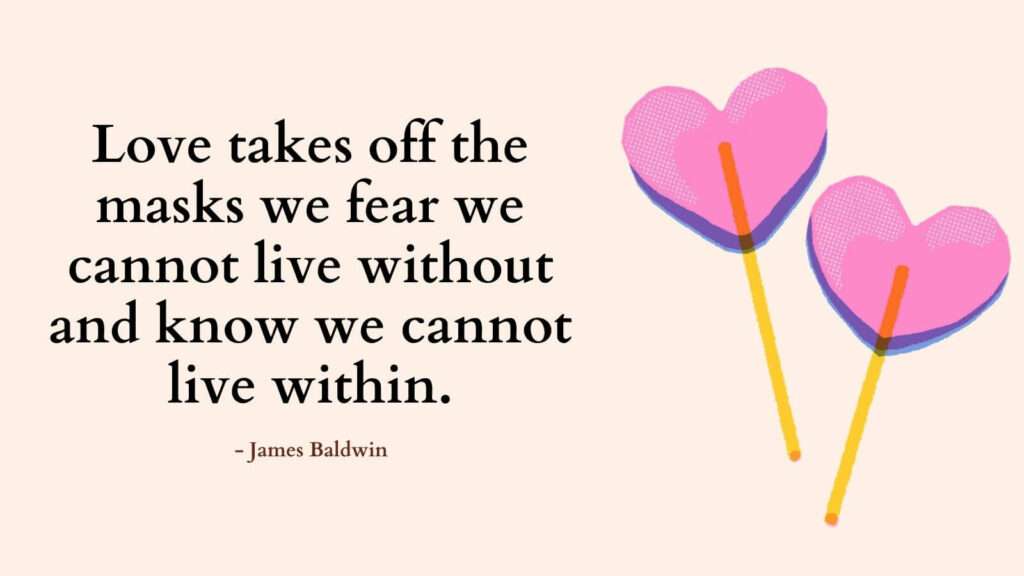This post contains some of the best quotes about aggression.
Quotes About Aggression
1. “The aggressive style is the flip side of the passive style. Instead of submitting to others, we try to get others to submit to us. It’s important for us to win, regardless of the cost to other people. Our aim is to control the behavior of others through intimidation. Their opinions, boundaries, goals, and requests are stupid or meaningless—barriers to be overcome. We are dominant wolves, bending others to our will.” – Randy J. Paterson
2. “In some places, conflict is resolved by someone breaking your legs, burning down your store, or kidnapping your kid. In civilized societies there are legal systems that can be expensive, time consuming, and often faulty, but aren’t they better than this alternative?” – Hesha Abrams
3. “Aggressive behavior is usually ineffective for achieving your goals in the long run.” – Randy J. Paterson
“It sounds trite to say, “take a deep breath,” but it works. When you feel attacked, your natural inclination, stemming from the primeval neurological programming of the amygdala in your reptilian brain, is to defend yourself, either by being aggressive or passive-aggressive.” – Hesha Abrams
Related: How To Validate Someone’s Feelings Without Agreeing? (+Examples of Validating Statements)
4. “The aggressive style is pushy, controlling, and usually involves anger—the fight response.” – Randy J. Paterson
5. “You don’t know what others are dealing with and the pain they carry. They can express it aggressively, subtly, or passive-aggressively. When people feel disenfranchised, powerless, or discriminated against, their reality is based on their life experiences. Trying to change their perspective is pure folly. Trying to understand their perspective builds bridges.” – Hesha Abrams
6. “After behaving aggressively, the feelings of power and justification usually fade quickly. They’re replaced by guilt for hurting the feelings of others, shame at not being able to deal with situations and people more rationally, and reduced self-esteem.” – Randy J. Paterson
7. “If you believe that your coworker is wrong and that you don’t deserve the criticism, this may trigger anger and the fight response. You’ll want to win out over your critic and you may become too aggressive. Maybe you’ll speak in a loud and threatening voice about your coworker’s own shortcomings. “Even your father doesn’t respect you, so shut your face!”” – Randy J. Paterson
Related: Do’s And Don’ts Of Effective Communication
8. “In fact, pushing hard and intimidating people will sometimes get things done in the short run. Ultimately, however, it makes others resentful and undermines any wish they may have to go along with you. In an employment situation, people may quit, become passive-aggressive, or sabotage projects. Your reputation will decline.” – Randy J. Paterson
9. “In families, intimidation may help ensure certain chores are completed, but the relationships will suffer and the chores will never be done cheerfully. Assertiveness is quieter, calmer, and more effective in the long run.” – Randy J. Paterson
10. “Actually, honesty is a pretty good policy. Unfortunately, many people use the idea of honesty as an excuse for being aggressive.” – Randy J. Paterson
11. “Sometimes people fool themselves that they are “just being honest” and that others are unreasonable for taking offense. In reality, others can see the truth. The person saying hurtful things isn’t acting out of a desire to be honest. They intend their words to hurt. Honesty is a good policy, but it’s not meant to be used as a weapon.” – Randy J. Paterson
Related: Top 25 Relationship Journal Prompts (+FREE Worksheets PDF)
12. “Remember, however, that people usually don’t have to justify their actions to us. They are entitled to make their own decisions and to use their own logic. We can get hooked into helpless positions by trying to force others to explain themselves (an aggressive strategy).” – Randy J. Paterson
13. “The aggressive style communicates a lack of respect for the other person and what they have to contribute.” – Randy J. Paterson
14. “In hot anger, the posture may be large and threatening, the body and face planes angled downward, looming over the other person. This posture communicates that you’re ready for a physical fight. Cold anger is usually more withdrawn, the body angled slightly away but with impeccable posture and an atmosphere of confident control.” – Randy J. Paterson
15. “The aggressive style is competitive. Your mission is to get ahead of the other person. Expressing positive feelings or providing compliments may make you feel as though you’re handing the advantage to others.” – Randy J. Paterson
16. “If you have an aggressive style, you most likely feel competitive with others. Giving compliments can make you feel as though you’re working for the other team. I should be boosting myself, not them. The reality is that most relationships work much better if the competition is dropped. Paradoxically, people who praise others typically rise rather than decline in their social status.” – Randy J. Paterson
Related: How To Become A Stronger Empath? Top 20 Actionable Empathy Exercises to Become More Empathetic
17. “In the case of hostile criticism, the feedback is encased in aggression. Unlike most nonverbal and indirect criticism, the aggressive content is obvious and open. People may invade your personal space, tower over you, assume an aggressive posture, increase the volume of their voice, and attempt to stare you down.” – Randy J. Paterson
18. “Some people are too aggressive. They feel entitled to control other people, so they simply assume others will grant their requests. “Next time you’re going to fill up the car.” They make demands rather than requests.” – Randy J. Paterson
19. “You can aggressively deny the other person’s likes, dislikes, preferences, values, and goals. “You don’t know what you want. I know what you want.” But none of these strategies resolves anything. To solve the problem—to be there—you have to deal with the conflict. You must be willing to confront the issue.” – Randy J. Paterson
20. “If you often behave aggressively, the risk of confrontation is that you’ll slide into aggression if the exchange becomes difficult. Pay special attention to the suggestions that will help you deal with competitive or hostile impulses.” – Randy J. Paterson
21. “Aggressive behavior usually results in a back-and-forth escalation of anger—a missile exchange. He throws an insult, she throws a rock, he throws a grenade, she throws a bomb, he throws a missile, she throws a nuclear missile. Nothing gets resolved and the situation only gets worse.” – Randy J. Paterson
Related: Top 19 Emotional Intelligence Activities (To Improve Low Emotional Intelligence)

How to Practice Assertiveness?
Moving from aggression to assertiveness involves recognizing and managing your emotions and developing healthier ways of expressing yourself. Here are some suggestions to help you make this shift:
1. Self-awareness
Start by becoming aware of your aggressive tendencies and the situations or triggers that spark them.
Pay attention to the emotions, thoughts, and physical sensations that arise when you feel aggressive.
Understanding these patterns can help you gain control over your reactions.
2. Identify underlying needs
Aggression often stems from unmet needs or unresolved conflicts.
Take time to reflect on what you truly need or want in a given situation.
This will enable you to express yourself assertively rather than aggressively.
3. Practice self-regulation techniques
When you feel aggression building up inside you, take a moment to use calming techniques such as deep breathing exercises, mindfulness, or taking a break to collect your thoughts.
Finding healthy outlets for stress, such as exercise or engaging in hobbies, can also help regulate your emotions.
4. Challenge irrational beliefs
Aggressive behaviors can sometimes stem from irrational thoughts or beliefs.
Identify any negative or unrealistic beliefs you may have and challenge them through rational thinking.
Replace them with more balanced and realistic thoughts. This can help reduce the intensity of your aggression.
5. Learn assertive communication
Assertive communication involves expressing yourself effectively while respecting the rights and boundaries of others.
Practice using “I” statements to express your thoughts, feelings, and needs without attacking or belittling others.
Focus on being clear, direct, and respectful in your communication.
6. Develop empathy
Empathy allows you to understand and consider the thoughts and feelings of others.
Cultivating empathy can help you communicate assertively and build healthier relationships.
Put yourself in others’ shoes and try to understand their perspectives before responding.
7. Practice patience and self-compassion
Change takes time, so be patient with yourself as you work on moving from aggression to assertiveness.
Understand that it’s okay to make mistakes along the way. Treat yourself with kindness and compassion as you learn and grow.
Conclusion
Managing aggression and developing assertiveness is a journey.
With consistent effort and self-reflection, you can build healthier habits and improve your communication style.



